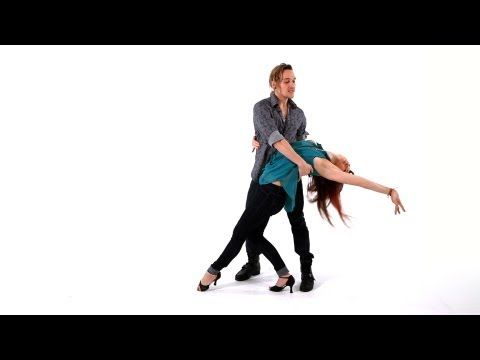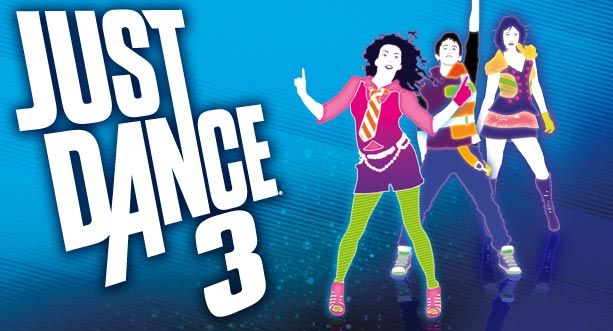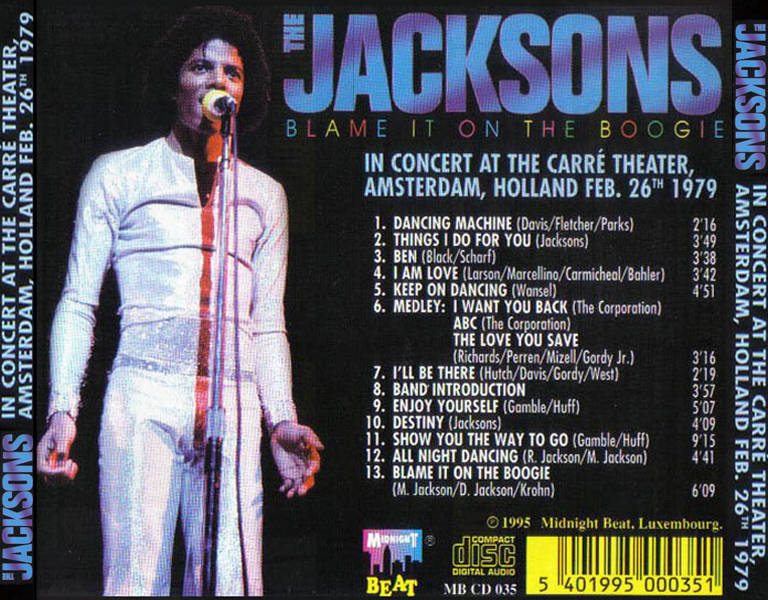How many calories do you burn tap dancing
How many calories do you burn dancing? Calories by type
Dancing is a whole body workout. As well as being a fun, energetic way to lose weight, dance classes can also improve our coordination, stress levels and even reduce the risk of heart disease. In this article, we investigate the average number of calories that different styles of dance burn to help you discover which types of dance are best for weight loss.
Contemporary Dance Calories
Contemporary dance may seem like a dance style that’s filled with slow-paced movements which don’t really give you much of a workout. But in fact contemporary dance can actually burn more calories than running! A study conducted by a group of scientists from the University of Brighton found that a 30 minute session of contemporary dance burns a whopping 534 calories, whereas 30 minutes of running burns just 528.
Ballet Calories
Ballerinas are renowned for their slim, dainty physiques… but are they just born like that? Or can ballet actually work you up a sweat? Well, according to the study mentioned above, just half an hour of ballet dancing burns an average of 462 calories. That’s 72 more calories than half an hour of cycling.
Salsa Calories Burned
Salsa is well-known for being fast paced. It’s high intensity, quick movements can really get your heart racing, with the dance style’s ability to burn approximately 200 calories in just 30 minutes. With the dancer’s sustained posture and incorporation of a variety of hip movements in many routines, the Salsa is a fantastic way to workout while having fun.
Tap Calories
Tap dancing mainly involves using the legs and ankles to perform steps. However, as tap dancers are aware, this style often involves the whole body and can be extremely strenuous when performed at a fast pace. The calories burned through tap dancing can vary, however it is possible to burn 350 calories in just half an hour of tap.
Zumba Calories
Zumba is a style of dance that was created with exercise and fitness in mind. Many of the moves in this style of dance are inspired by those from other genres, such as Salsa, Samba and Hip Hop. Zumba is a great way to get fit, with a recent study finding that the average healthy woman can burn up to 9.5 calories per minute, totalling an impressive 285 calories in a half an hour Zumba class.
Zumba is a great way to get fit, with a recent study finding that the average healthy woman can burn up to 9.5 calories per minute, totalling an impressive 285 calories in a half an hour Zumba class.
Street Dance Calories
This energetic style is often very high impact and relies on the dancer’s strength, speed, coordination and balance. Street dance requires a lot of energy, and can help you to burn a whopping 606 calories in just half an hour. This style of dance is known for having no rules, resulting in a variety of muscle groups being used as street dancing is performed. Many street dance techniques engage the core, with moves such as the ‘freeze’ which involves holding the body still in a balance-intensive position.
Cha-cha-cha Calories
The name of this song is an onomatopoeia of the sound the dancer’s feet make when shuffling. But it’s not just the feet that are used in this dance. The movements in the cha-cha-cha also involve maintaining control of the legs, arms, hips and more, making it an ideal whole body workout.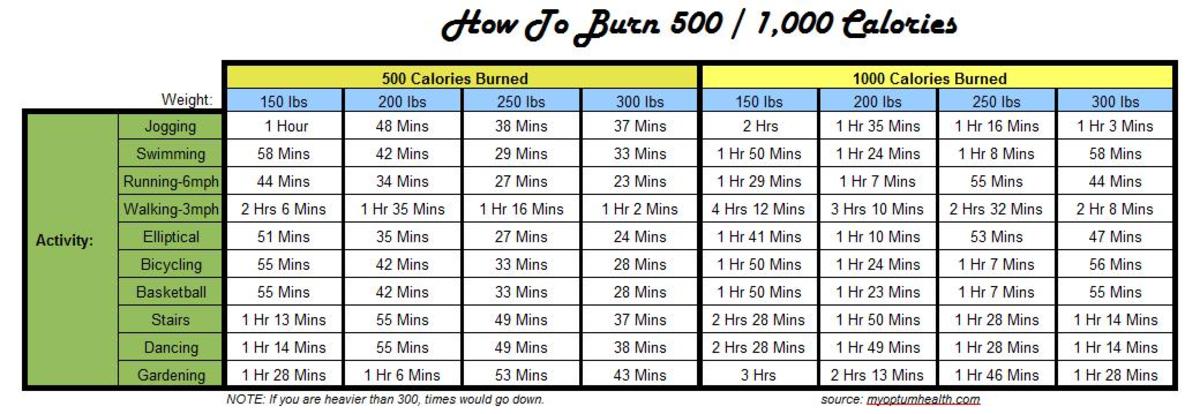 Dancing the cha-cha-cha for 30 minutes can burn a good 200 calories.
Dancing the cha-cha-cha for 30 minutes can burn a good 200 calories.
Hip Hop Calories
Hip Hop requires your body to be moving continuously, making it one of the most effective types of dance for weight loss and calorie burn. It turns out that all the ‘breaking’, ‘popping’ and ‘locking’ found in Hip Hop moves can really raise your heart rate and even help you to burn around 490 calories in just 30 minutes.
Samba Calories
Samba is a very lively style of dance, in which the performer bobs up and down using their knees throughout the dance routine. As well as using the knees, this style also focuses on the use of the waist and hips, which can help to tone up your midsection. Samba involves a variety of rather strenuous movements and can help you to burn around 250 calories in half an hour of dancing.
Swing Calories
With Swing’s origins coming from Jazz music, it’s easy to presume that this style of dance is rather laid back and relaxing.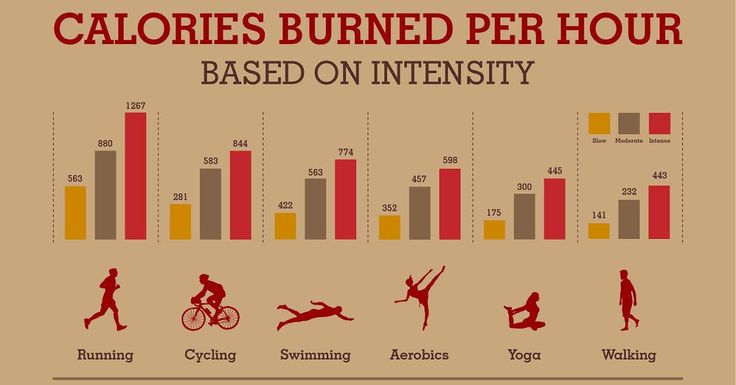 However, swing actually requires very fast footwork, alongside the dancer’s ability to hurl their own (and often their partner’s) bodyweight around, making it one of the most strenuous dance genres in existence. Performing just 30 minutes of Swing dancing has been shown to burn 586 calories!
However, swing actually requires very fast footwork, alongside the dancer’s ability to hurl their own (and often their partner’s) bodyweight around, making it one of the most strenuous dance genres in existence. Performing just 30 minutes of Swing dancing has been shown to burn 586 calories!
Waltz Calories
The famous Waltz does not burn as many calories as other types of dances do, however it will help to tone up your muscles and improve your posture. Half an hour of dancing the Waltz is said to burn around 108 calories, which is roughly the same number of calories as there are in a standard bag of Quavers – not too bad ey!
We hope this article has been useful in shedding some light on the number of calories that can be burned by doing different styles of dance. It’s important to bear in mind that the calories discussed in this article are all averages – different people burn different amounts of calories depending on factors such as their weight, muscle mass and effort level.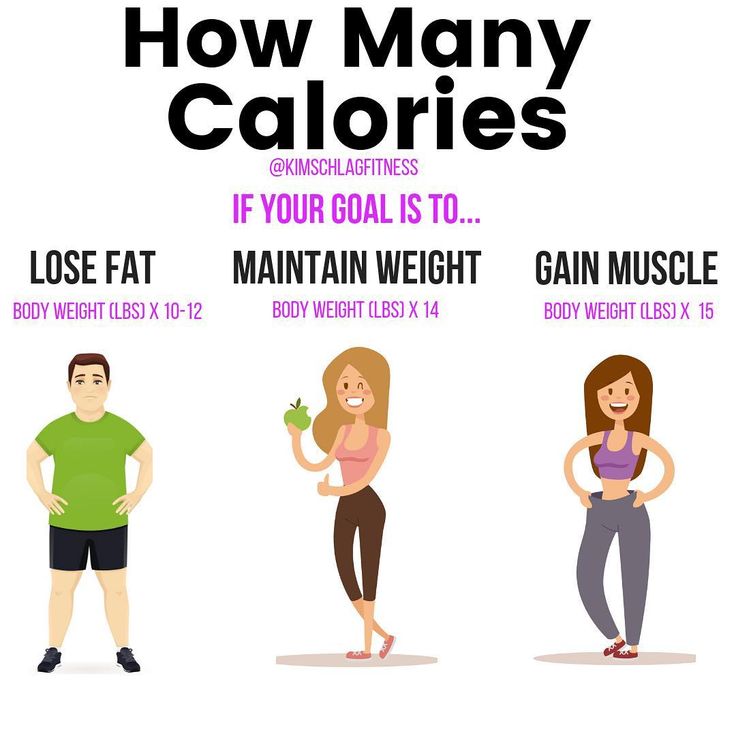
How many calories do you burn with Tap dancing?
A person who weighs 180 pounds can expect to burn an average of 394 calories per hour by Tap dancing. Our body weight, the kind of exercise we do, and how hard we do it are all factors that influence the number of calories we burn.
Make use of the calorie calculator that we have provided below to discover how many calories you will burn participating in activities such as Tap dancing, or other activities.
Weight
lbskgs
Minutes
CALORIES BURNED (KCAL) 394
Calories burned with Dancing (weight: 180 lbs)
How to calculate how many calories we have burned with Tap dancing?
For the purpose of this calculation, the MET value (Metabolic Equivalent of Task) of the Tap dancing was utilized. The value of the MET for the Tap dancing is 4.6. When calculating a person’s MET value, we multiply this number by their body weight in kilograms.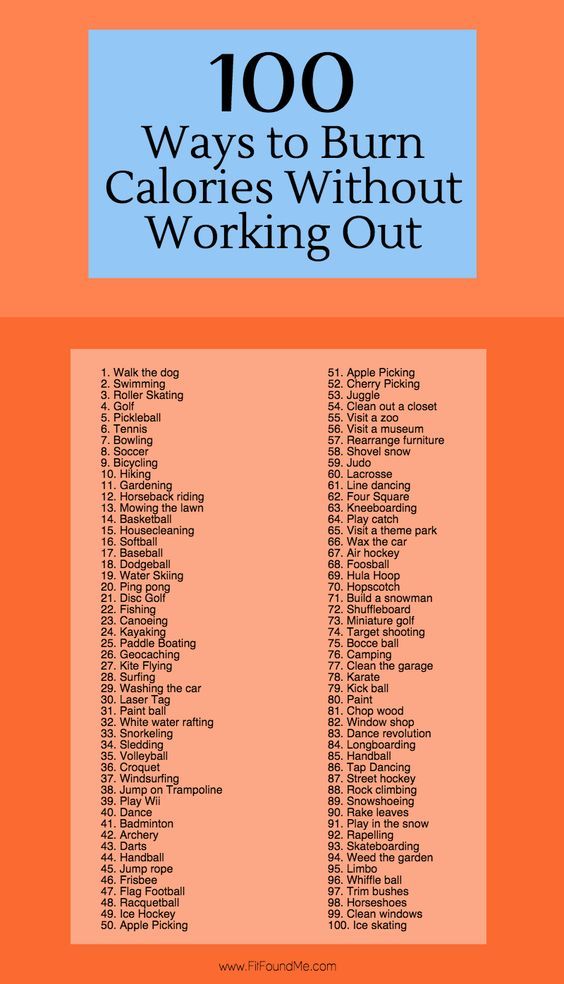 After that, we multiply this value by 0.017 and the number of minutes that have passed.
After that, we multiply this value by 0.017 and the number of minutes that have passed.
Example Calculation:
- Your body weighs: 180 lbs
- Durition: 60 minutes
- MET value of Tap dancing: 4.6
The following is how many calories you can expect to burn by Tap dancing for 30-minutes:
(180 / 2.20462) * 4.6 * 0.0175 * 60 minutes = 394
MET Value
A MET (metabolic equivalent of task) is a measurement of the amount of energy that is expended as a result of engaging in physical activity for a set amount of time. On the chart that is located above, you will discover an activity’s MET.
A task that has a MET of 1 is about similar to the amount of energy consumed when doing nothing more strenuous than sitting at room temperature and not actively digesting any meals.
A task that has a MET of 2 demands a quantity of energy that is two times greater than that required by an activity that has a MET of 1. A job with a MET rating of 10 needs 10 times the amount of energy as one with a MET rating of 1.
A job with a MET rating of 10 needs 10 times the amount of energy as one with a MET rating of 1.
MET values “do not estimate the energy cost of physical activity in individuals in ways that account for differences in body mass, adiposity, age, sex, efficiency of movement, geographic and environmental conditions in which the activities are performed,” according to a study published in the journal Medicine and Science in Sports and Exercise. Therefore, individual variances in energy expenditure for the same activity can be rather significant, and the true energy cost for an individual may or may not be near to the claimed mean MET level as reported in the Compendium.” (this information is taken directly from the introduction page of the Compendium of Physical Activities).
Note: METs are not capable of estimating the amount of energy used during physical activity in individuals since they do not take into consideration differences in factors such as weight, adiposity, age, gender, the intensity of movement, or the conditions of the environment.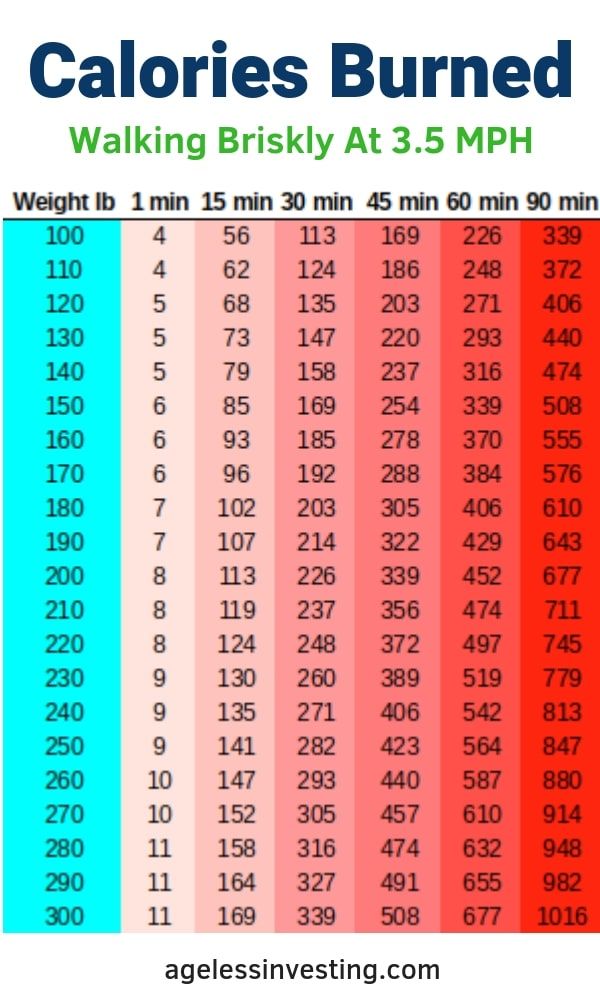 As a consequence of this, the amount of energy that an individual expends during the same activity varies from person to person.
As a consequence of this, the amount of energy that an individual expends during the same activity varies from person to person.
References:
- Ainsworth BE, Haskell WL, Herrmann SD, Meckes N, Bassett Jr DR, Tudor-Locke C, Greer JL, Vezina J, Whitt-Glover MC, Leon AS. The Compendium of Physical Activities Tracking Guide. Healthy Lifestyles Research Center, College of Nursing & Health Innovation, Arizona State University. Retrieved May 11, 2015, from the World Wide Web.
- https://sites.google.com/site/compendiumofphysicalactivities/
- Arizona State University Healthy Lifestyles Research Center – Compendium of Physical Activities – Water Activities – Provides MET values for water activities, including kayaking.
- Learn about “MET” and the compendium of physical activities from Arizona State University, University or South Carolina, and Wikipedia. There is a summary of general physical activities defined by intensity from the CDC and the Harvard School of Public Health.

- Recommendations on physical activity for health from the Harvard School of Public Health and the WHO.
- Magnante, & Griffin. (2019, May 24). TDEE Calculator: Find Your Total Daily Energy Expenditure – Fitness Volt. Retrieved October 27, 2022, from https://fitnessvolt.com/tdee-calculator/
How many calories do you burn in a pool workout
2958
How many calories do you burn in a pool workout
08/31/2021
energy intensive sports. High-quality training in the pool allows you to strengthen muscles, correct posture, lose weight and more. This article will focus primarily on burning calories. This information will be useful for both professional swimmers and amateurs, because we will talk about the calorie consumption in the main types of swimming. Read the article and swim wisely!
Calorie consumption balance
The quality of training depends on the energy of the athlete. Depending on the volume and nature of the loads, individual characteristics, professional swimmers should consume 2-3 times more food with a high energy value compared to ordinary people.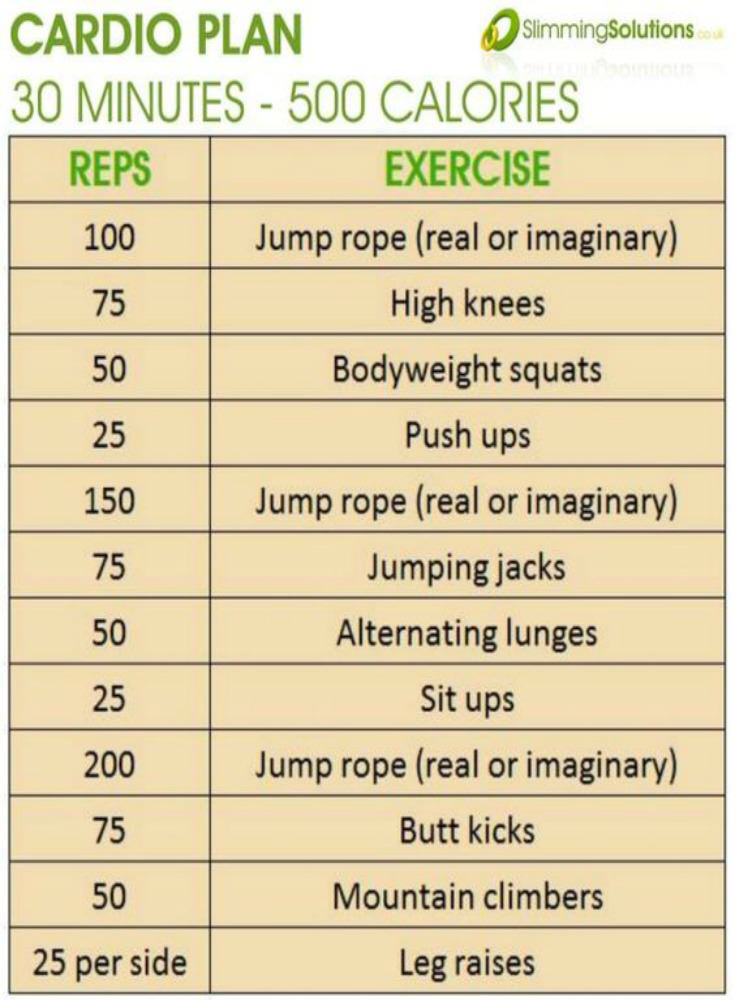 If the consumption of calories exceeds their consumption, then there will not be enough strength for long workouts and overcoming long distances. This rule also works for those who simply play sports in order to lose weight. Each workout involves the expenditure of energy, so you need to understand how many calories you will burn and whether you are ready for the loads.
If the consumption of calories exceeds their consumption, then there will not be enough strength for long workouts and overcoming long distances. This rule also works for those who simply play sports in order to lose weight. Each workout involves the expenditure of energy, so you need to understand how many calories you will burn and whether you are ready for the loads.
What influences calorie burning?
Calorie consumption in swimming is determined by various factors: body weight, swimming style, water temperature. The number of calories burned is also affected by your body constitution. And if you rely on Sheldon's body types (ectomorph, mesomorph, endomorph), then we can assume whether you tend to spend a lot of energy in training.
Ectomorph (lean build, narrow shoulders, short upper body, long limbs, narrow hands and feet, almost no subcutaneous fat layer). People with this body type can afford to consume more calories than they expend and still not gain weight.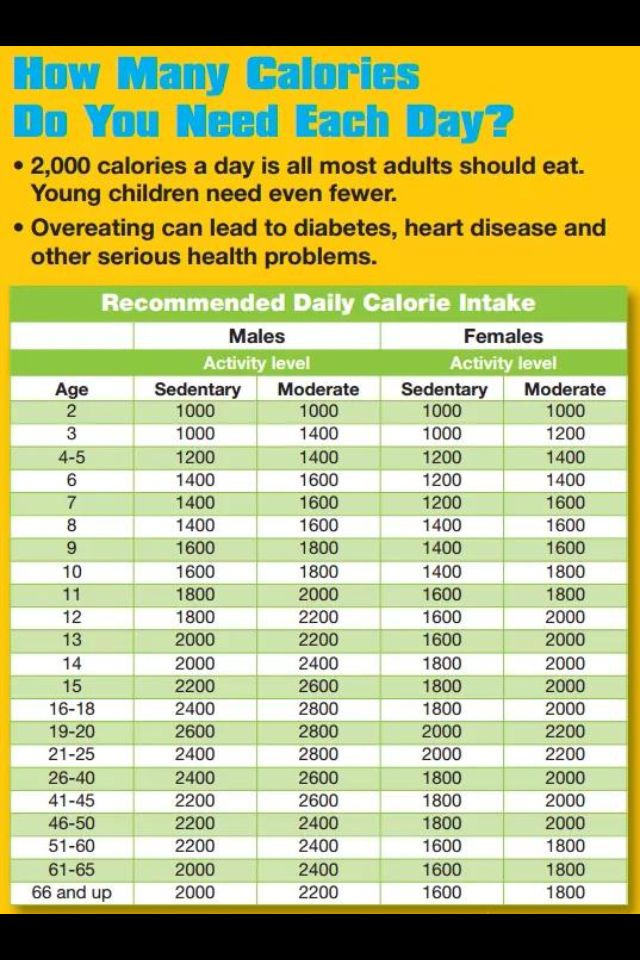 The ectomorph consumes calories approximately 5-7% faster than the mesomorph and endomorph. Therefore, if an ectomorph wants to gain muscle mass, then it is worth reviewing the diet in favor of carbohydrates and proper fats.
The ectomorph consumes calories approximately 5-7% faster than the mesomorph and endomorph. Therefore, if an ectomorph wants to gain muscle mass, then it is worth reviewing the diet in favor of carbohydrates and proper fats.
Mesomorph (developed muscular system, sinewiness, broad shoulders, long upper body, almost no subcutaneous fat). Mesomorphs are the owners of an active metabolism, due to which they manage not to gain excess weight or quickly get rid of it. Mesomorphs easily gain muscle mass and have physical strength. Nutrition is selected depending on the goal: burning fat, gaining muscle mass, maintaining weight.
Endomorph (round or pear-shaped body, round face and short neck, wide hips, thin wrists and ankles, as well as significant reserves of subcutaneous fat in the abdomen, etc.). Endomorph spends calories 6-8% slower, especially if it has a lot of body fat, which is metabolically inactive. With this type of physique, it is difficult for an athlete to get rid of excess weight, and gaining is easy! If the endomorph seeks to lose weight, then the diet should focus on protein foods and fiber.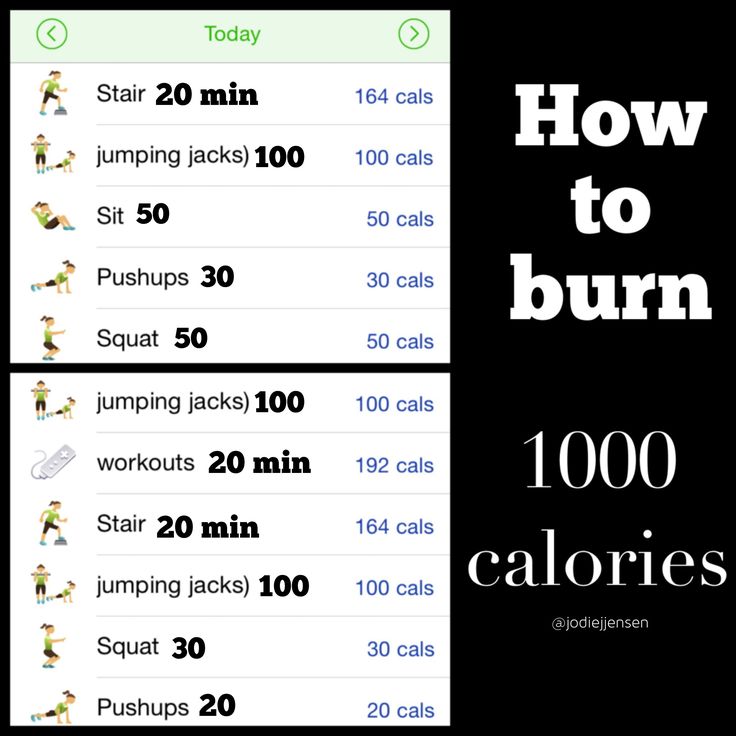
Which style burns calories faster?
- Breaststroke
This style of swimming requires endurance and good physical condition. It is great for those who want to lose weight. When swimming with a breaststroke, a person loses 400-500 kcal / hour.
- Swimming front crawl
When swimming front crawl, a person loses 550-620 kcal / hour, provided that he swims without rest. Of course, in order for the training to be effective, you need to know the right technique and practice regularly.
- Back crawl
Backstroke helps strengthen the back muscles and improve posture. This style is suitable for those who want to quickly lose weight, but cannot exhaustively train. When swimming crawl on the back, a person loses 250-300 kcal / hour if he swims at a fast pace.
- Butterfly Swimming
Butterfly is a dynamic and fast style that requires physical fitness and excellent technique. If an athlete trains intensively and does not slow down, then he spends 600-700 kcal / hour.
If an athlete trains intensively and does not slow down, then he spends 600-700 kcal / hour.
The process of burning calories depends on the speed that the swimmer gains. Swimming at a fast pace helps you burn more body fat than exercising in the gym. And if you haven't taken up swimming yet, the Mad Wave team recommends doing so to improve your health and appearance!
We wish you good training!
Team Mad Wave
How many calories does dancing burn / HB
October 8, 2018, 19:37
Dancing is not only about the state of mind and self-expression through movement. It's also about getting rid of extra centimeters at the waist
It would seem, how many calories can be burned in an hour of "it's not clear what"? Some people don't even consider it a big deal. And really, what can be the load? You just move around the hall to the music, and what this gives is not entirely clear.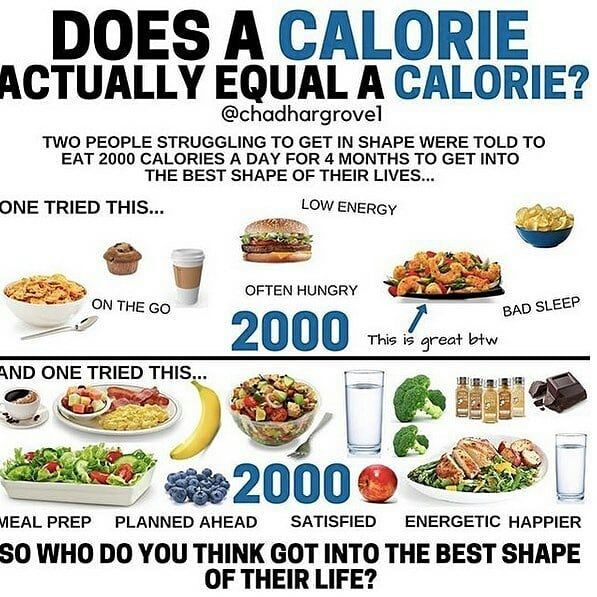
Video of the day
Dancing is actually a good cardio workout. Depending on your physical form and well-being, you can choose something really light, or you can load yourself so that it will be difficult to walk later, and you will learn a lot about your body, its capabilities and “new” muscles that were practically never there before. involved in the work.
So how many calories does dancing burn?
How it works
Body weight plays a big role in calories burned. This applies not only to dancing, but also to any physical activity. The heavier you are, the more you will spend compared to a lighter counterpart. According to the Harvard Medical School, at a weight of about 60 kg, dancing at a moderate pace, you will burn about 5.5 kcal per minute. This means that in an hour you will lose 330 kcal. A person weighing 70 kg will burn 7 kcal per minute or 420 kcal per hour.
In order to lose weight by dancing, it is advisable to contact a nutritionist who will perform the necessary calculations and create a suitable menu, taking into account all needs. You can do it yourself, the main thing is to follow all the instructions and not retreat. In addition, it is worth remembering that often classes are added to dance classes in stretching or yoga for flexibility and some kind of functional training (TRX, functional training, tabata) to develop speed and endurance. And that's a lot more calories.
You can do it yourself, the main thing is to follow all the instructions and not retreat. In addition, it is worth remembering that often classes are added to dance classes in stretching or yoga for flexibility and some kind of functional training (TRX, functional training, tabata) to develop speed and endurance. And that's a lot more calories.
“Calorie content” by dance styles.
Now let's figure out how many calories you can burn in an hour doing different types of dance.
- Ballet, jazz, modern dance - 380-450 kcal depending on the intensity.
- Aerobics - 374 kcal.
- Flamenco, belly dance - 238 kcal.
- Salsa - 405 kcal.
- Ballroom dancing - from 250 (slow) to 320 (fast) kcal depending on speed and intensity.
- Tango - 389kcal.
- Waltz - 136 kcal.
As a result, you get a beautiful and toned body without distortions in any direction - slender legs, graceful arms, straight back, regal posture.
